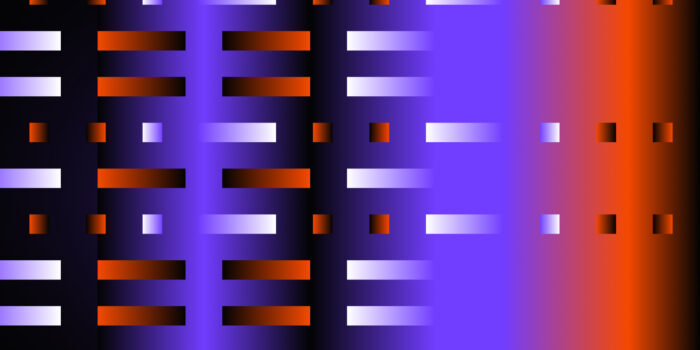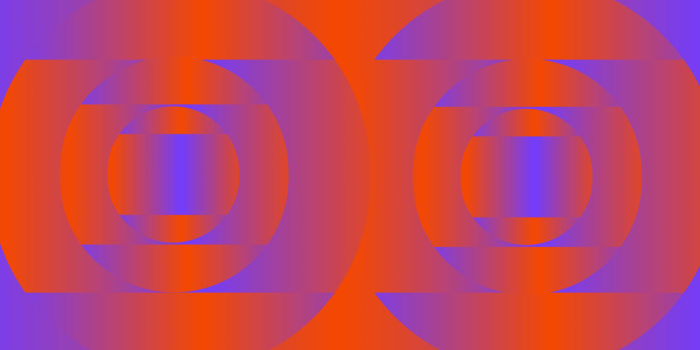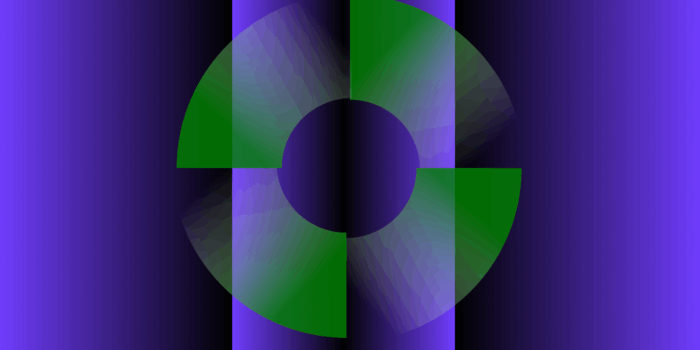The creator economy is the web of online tools and social networks, used by creators to build community, generate profits, drive traffic, and harbor authenticity amongst followers — think the gig economy, but with a bigger workforce and completely digital. Whether it’s subscription-based sites such as OnlyFans and Patreon, or more traditional social platforms like Instagram and TikTok, these all make up the creator economy.
The “creator” is now a name tag that comes with fewer barriers to entry and more freedoms. No longer do we need to bow down to the ever-praised influencer, as a creator can be any one of us, with more tools and platforms to monetize for a diverse range of hobbies and interests.
It’s not news to any of us that the blissful old days of social media being a platform to simply communicate with friends and family, show off your dog, and daily latte, are over. There has been a shift from a communication source to a booming marketplace in the past decade, and the creator economy encompasses this change.
What platforms are harnessing the power and profitability of the creator economy?
While there are many ways creators have the ability to earn a living through brand deals and collaborations, the creator economy has been centered around social platforms themselves generating ways for creators to earn a more stable income on these social sites. Emerging platforms with subscription-based models are embracing the creator economy and harnessing ways to provide creators with a more reliable stream of income.
Patreon, for example, allows creators to release exclusive content to their fans, who pay a monthly subscription fee for the content. YouTube recently teamed up with Patreon, to provide Patreon subscription services directly on YouTube, allowing the fans of creators early access to content, for a price. Even without the collaboration of social sites, many creators leverage their profitability and their audience size by utilizing multiple platforms.
Patreon has become a way for creators to offer ad-free experiences as well, and many YouTubers expanded their offerings onto Patreon for this reason in addition to being more profitable. Take creator Hank Green for example, who started his YouTube channel in 2012 where he aimed to make learning science fun and accessible. With his wild success on YouTube and with the confidence that he had built a devoted community, he started a Patreon. He, as many other creators do on Patreon, established tiers ranging from a $2 to a $500 monthly subscription. Each tier gives different exclusive videos and opportunities to his fans, as a way to build community in addition to guaranteeing more steady profit for the creator. This embodies the adoption of the creator economy as the potential for greater community and monetization expands.
Traditional social channels such as YouTube and TikTok are also continuously expanding creator profit potential. TikTok released its Creator Fund in 2021, allowing users of the app who boast over 10,000 followers and acquire 100,000 views a month to be paid by TikTok directly. Soon after, TikTok launched the Creator Marketplace, a platform that allows brands to team up with popular creators to form partnerships. YouTube has expanded the revenue potential for creators by homing in on profitability relating to Livestreaming, which has become an exceedingly popular way for creators to interact with fans. Using YouTube’s newest Livestream addition, Super Chat, viewers are able to pay to pin their comments to the top of the chat section on the Livestream.
The “Top 1%” Is Taking on a Whole New Meaning
The majority of brands’ allotted social media capital goes to the top 1% of creators. This shows the imbalance of the creator landscape, as well as an explanation for the consistent emergence of new platforms, and monetization tools on existing ones. While there will always be the 1% creators, the “crème de la crème”, the landscape will start to shift to an increased importance for authenticity rather than follower count. Micro-communities are becoming exceedingly valuable in the midst of the creator economy because there tends to be a more loyal, communicative, and influential fan base. While authenticity is arguably the most important trait to portray on social media as a creator, there is something to be said about early adoption. Understanding and adapting to new platforms not only expands creator profit potential but shows potential brand partners the versatility and mass audience that is able to be reached.
Community building is at the heart of the creator economy, there is so much value in finding a creator that aligns with your brand image, as well as the right platform to get your message across. Sometimes the perfect fit won’t be in the top 1%, and that’s when we start to see a shift to smaller influencers and greater authenticity. Authenticity is what these creators, and brands for that matter, survive on. Authenticity is also what is driving the creator economy itself, with the constant emergence of new platforms aiming to provide a stronger connection between the creator and their audience.
Authentic, Yet Still at the Whims of Social Media Giants
Think of the creator economy in the same way as you think of the gig economy, which includes jobs produced by companies like Uber and Postmates. The freedoms of the current day creator seem endless, with the number of new profitable platforms increasing drastically each year as well as the number of ad dollars that flow into these new platforms and tools. According to Forbes, startup investments into the creator economy were expected to reach a staggering $5 billion in 2021 alone. But, with this freedom comes some harsh realities, the same ones as the gig economy. Freedom, authenticity, and rawness are what make a creator so desirable and valuable, but the reality of the job is that these creators are still at the whims of social media giants — having to abide by community guidelines, privacy policies, and more to ensure they get paid at the end of the day. Without the tools these platforms provide, the creator has nothing to grasp for monetization. And similar to the gig economy, these freedoms come without benefits such as healthcare that a traditional job provides.
Creator and Influencer: Aren’t They the Same?
Not exactly.
It is important to understand the difference between an influencer and a creator in order to truly grasp the creator economy. An influencer, a now seemingly dated term in the midst of the creator economy, refers to an individual who aims to sell a product and essentially influences their audience to buy something they are getting paid to promote. Influencers for years have been in a back-and-forth battle with transparency. In the rise of the influencer, there was no real regulation when it came to brand partnership disclosure, or a way to let the viewer know their content was a paid promotion, and that is all changing with creators in the rise of the creator economy.
Creators, on the other hand, can, and will, be anyone. Anyone who produces content, in their own way, is considered a creator. With this said, there is a distinction when it comes to certain platforms on whether the creator has the metrics to monetize as so, for example, TikTok’s Creator Marketplace. New platforms contribute to the creator economy, such as those with more subscription-based models, like Patreon, that was previously mentioned. Even more so, social media giants are embracing this idea that the creator is in everyone. Instagram for years allowed only approved creators on their platform, with enough popularity and followers, to tag products on their Instagram posts. But, as of this year, Instagram is allowing anyone and everyone to tag products in their posts if they chose to do so. This opens the avenues for small creators, with a niche, yet strong following to gain additional exposure as well as open up more brand partnership opportunities.
The Fork in the Creator Economy Road
The creator economy promotes and embodies a greater sense of community and belonging than we’ve ever seen before across social platforms. The emergence of new social sites that provide greater freedoms and more opportunities for monetization is fueling the creator economy. Existing social giants are following suit, like Instagram, which is constantly adding new tools to keep up with the shift. Creators are able to leverage all different platforms to gain profits as well as foster a greater sense of community with their audience through the rise in the creator economy. There becomes an interesting phenomenon, though, with that rise.
Instagram, as previously mentioned, has enabled every user on their site to tag the products in their posts which promotes the idea that anyone, and everyone, can be a “creator”. Brand partnerships and monetization often were dependent on creator follower counts and engagement statistics, but with the new Instagram feature that anyone and everyone can essentially promote and sell products on their app, potentially devaluing the power of the creator in many ways — or at least increasing scrutiny for those who are seen as professionals.
The more tools and accessibility given, the more creator saturation there is, and in turn, ironically, the less valued the creator is on respective social platforms and when working with brands. So, with the rise in the creator economy, there is an increase in community, authenticity, and the ability to monetize. Yet, going forward there needs to be a balance between freedom to the creator and abilities given to the general user.






